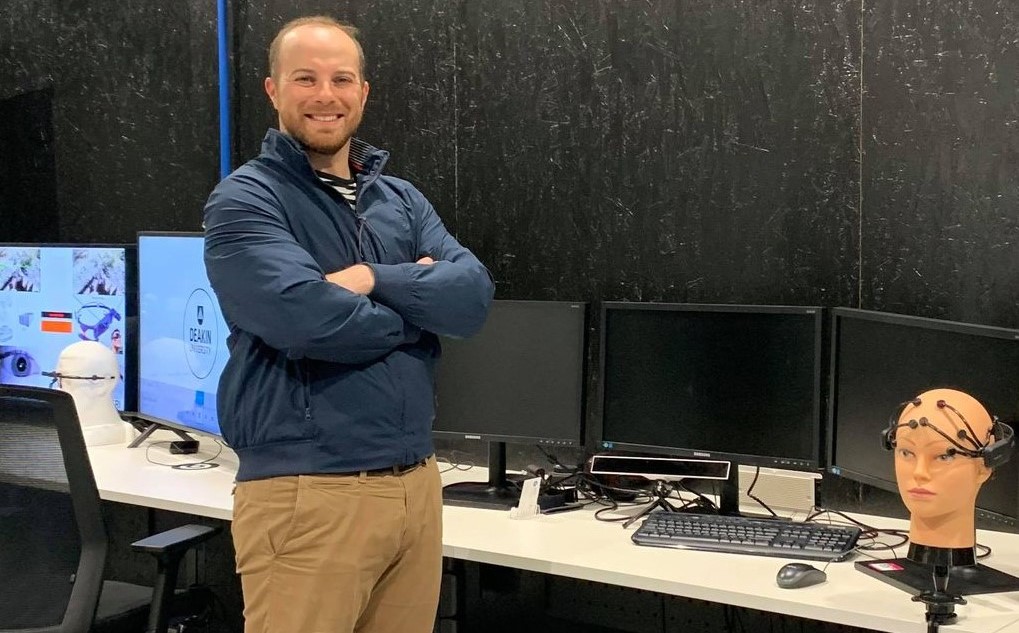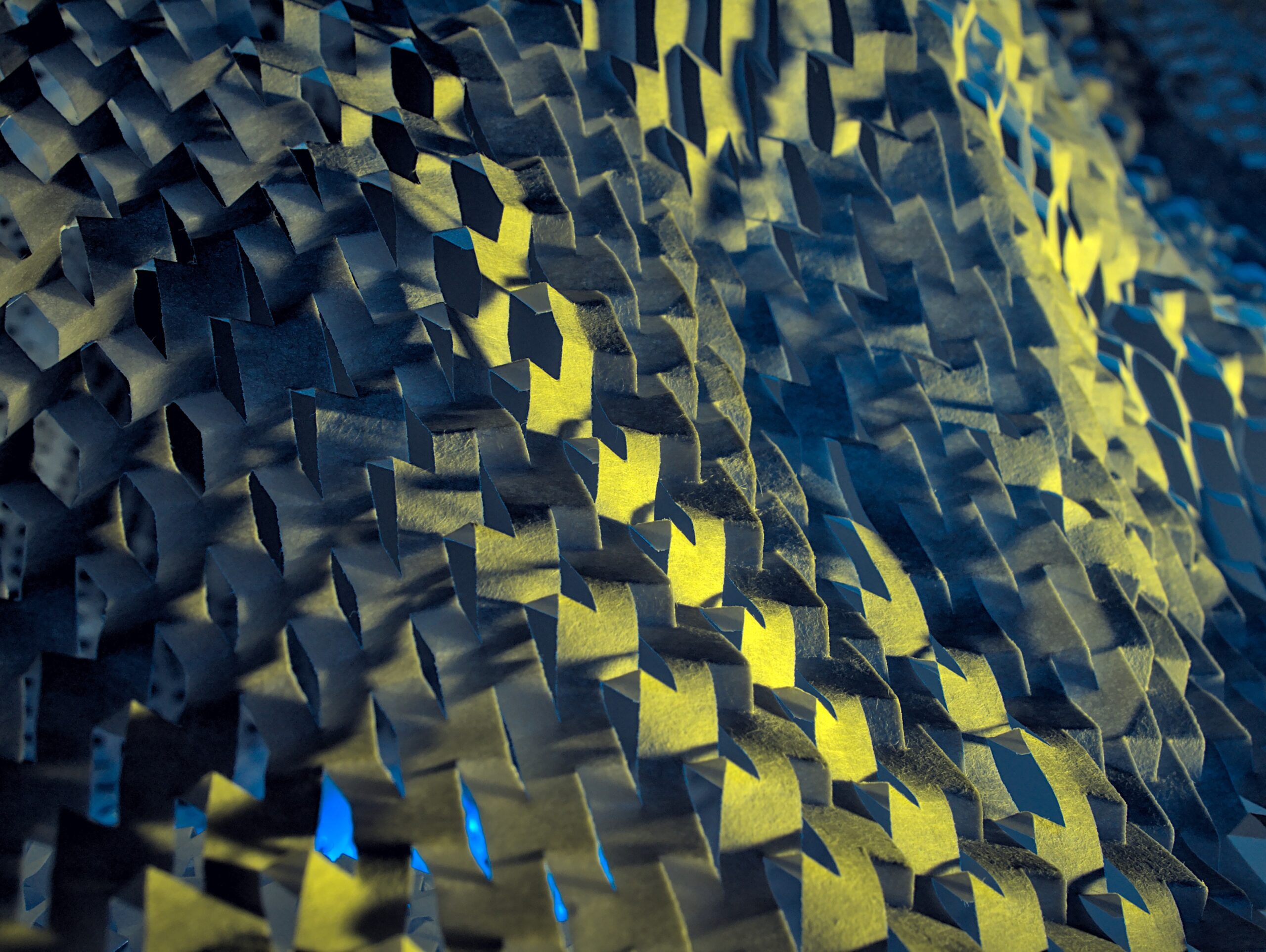Deakin University PhD researcher Anu Rajendran describes human cognition as operating like any high-performance sport.
Focus, clarity and split-second moments can be the difference between achieving a desired result and disastrous failure.
In the same way nutrition, fitness or rehabilitation can amplify sports performance, enhancing cognitive awareness and response time requires careful management of specific variables.
Measuring, controlling, and improving these variables for pilots is the primary focus of Anu’s research.
Supported by the DSI’s Research Higher Degree Student Grant, Anu’s research looks at applying Artificial Intelligence (AI) to counteract the impacts of the spaceflight environment on pilots in highly automated cockpits.
“The human–AI interaction component is such an interesting area, and its applications are numerous,” Anu says. “I am very excited to be working in the niche where humans and AI are crossing over for the future evolution of humankind.”
Advances in AI technology have a range of ground-breaking uses in what can be mapped, measured, and improved. Anu’s thesis aims to develop AI algorithms that make real-time predictions of lapses in attention and alertness and enable greater stability of automated flight systems.
“We want to be able to predict the cognitive state prior to an emergency state and equip the AI to manage the situation,” says Anu.
Throughout her career, Anu has always been curious about the intricacies of the human-machine relationship – from who writes the programs to who it benefits, and what the execution can look like across multiple fields.
Contemporary research shows that aspects of repetitive occupations like aircraft piloting can lead to passive vigilance, such as complacency and lowered attention. For pilots, these cognitive decrements can look like a loss of situational awareness or an extreme response to fatigue.
“The ideal future for humans is where we can simply automate these highly repetitive tasks and maximise our focused attention,” says Anu.
While currently focused on the aviation space, Anu’s research has potential applications for the aging population or anyone experiencing cognitive decline.
The DSI grant has allowed Anu to take her previous expertise in human factors design and adapt it to machine learning and deep learning, to bridge the existing knowledge gap in aviation automation.
In October 2022, Anu was able to present her collaborative research paper (A Home for Principal Component Analysis (PCA) as part of a Multi-Agent Safety System (MASS) for Human-Robot Collaboration (HRC) within the Industry 5.0 Enterprise Architecture (EA)) in Prague at the annual IEEE SMC conference.
As well as sharing invaluable research findings, the visit to Prague included onsite time at the European Space Agency’s Astronaut Training Centre, which allowed Anu to gain insight into international models, methodologies and skills that can be integrated into the Australian Defence Industry.
“Artificial intelligence is what fire was to the earliest homo sapiens and Neanderthals,” says Anu.
The potential is vast, and the application must be approached with a human-centred design.
Outside of her professional expertise, Anu is an avid archer, a hobby to which she applies the same rigorous critique of mindset and its relationship to performance.
“The optimised human is my dream, supported by cybernetics and artificial intelligence – being able to take what we have and turning up the volume on human evolution,” says Anu.
To learn more about this project, or any other research collaboration projects facilitated by DSI, please contact us at dsi.info@defencescienceinstitute.com.



